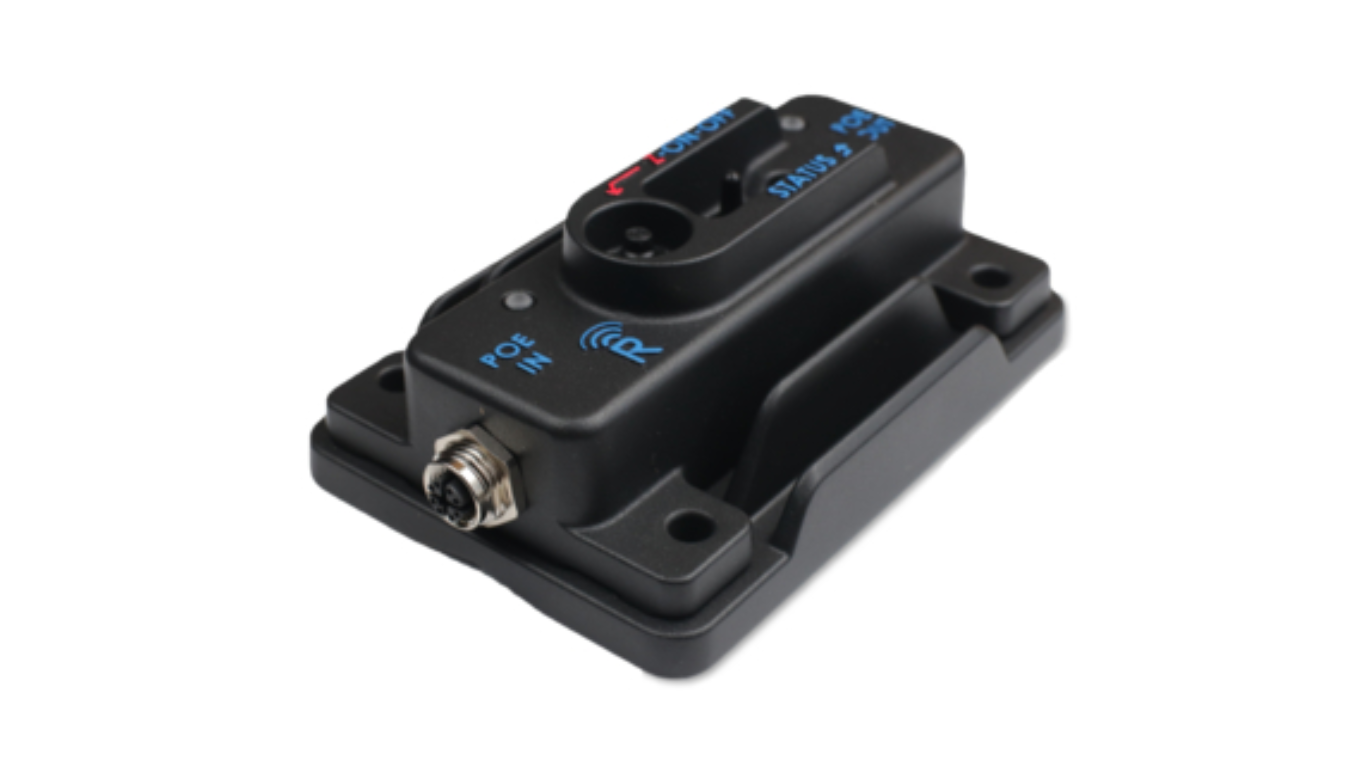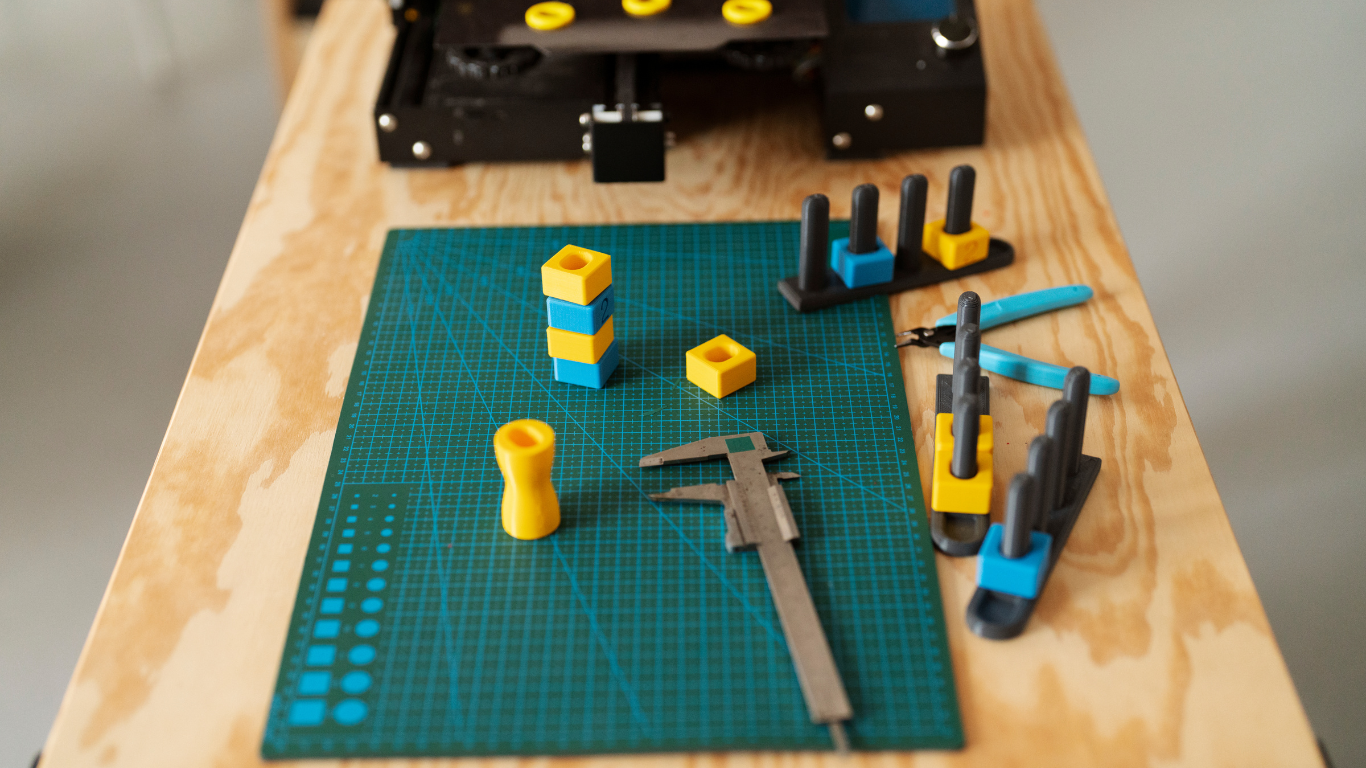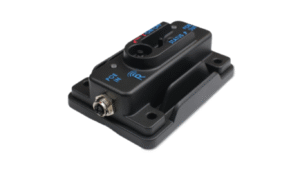In a world of clicks, scrolls and digital overload, business cards might seem a little old-school. But when done right, they are still one of the most powerful and personal tools in your marketing toolbox.
A business card is often the first tangible impression someone has of your brand. It is what you hand over at events, tuck into product packages or leave behind after a pitch. Here is how to make sure your cards are not just professional, but purposeful too.
Start with Your Brand Identity
Before you choose colours or fonts, think about the bigger picture. Your business card should match the look and feel of your wider brand. That includes your logo, tone of voice, and even your values.
Are you a sleek, corporate consultancy or a bold, creative startup? Your card should show that instantly. For example, minimalist black and white cards with embossed text might suit a luxury brand, while a vibrant, illustrated design could work brilliantly for a creative freelancer or small business owner.
When your business card mirrors the rest of your branding, it builds trust and helps people remember who you are.
Align with Your Marketing Goals
A business card is more than just a name and number. It is a mini marketing tool that can drive action. Think about what you want people to do after receiving it. Should they visit your website? Book a call? Follow you on Instagram?
Once you know the goal, design your card to support it. You might include a QR code that links to your portfolio or a short tagline that highlights what sets you apart.
Remember, a business card should complement your marketing strategy, not compete with it. If your wider campaign focuses on premium service, make sure your card uses quality paper and finishes. If you are running a promotion or launching something new, you could even create a special edition card to support it.
Make It Memorable
You want your card to stand out in a stack, not blend into the background. That means being a little bold and a lot thoughtful. Try unique finishes like spot UV, soft-touch lamination or foil accents. Consider different shapes or vertical layouts. Even small touches like rounded corners can make a big difference.
But do not go overboard. Creativity is great, but clarity comes first. Your contact details should be easy to find and read. A clever design means nothing if people cannot work out how to get in touch with you.
Think About Context
Where and how you use your business card also matters. If you are heading to a trade show, you might want a design that links clearly to your current campaign. If you are including them in direct mail, make sure they echo the rest of the package.
A good business card does not sit on its own. It plays a part in your overall brand experience. From your website to your packaging, every piece should work together.
In Conclusion
A well-designed business card is a simple but powerful way to reinforce your brand, spark interest and drive action. It should never feel like an afterthought. Instead, it should be a strategic part of your marketing toolkit.
If your business card feels disconnected from your current look, it might be time for a refresh. Your business card should leave people with something more than just contact details. It should leave an impression.
Blog as received in the mail






























